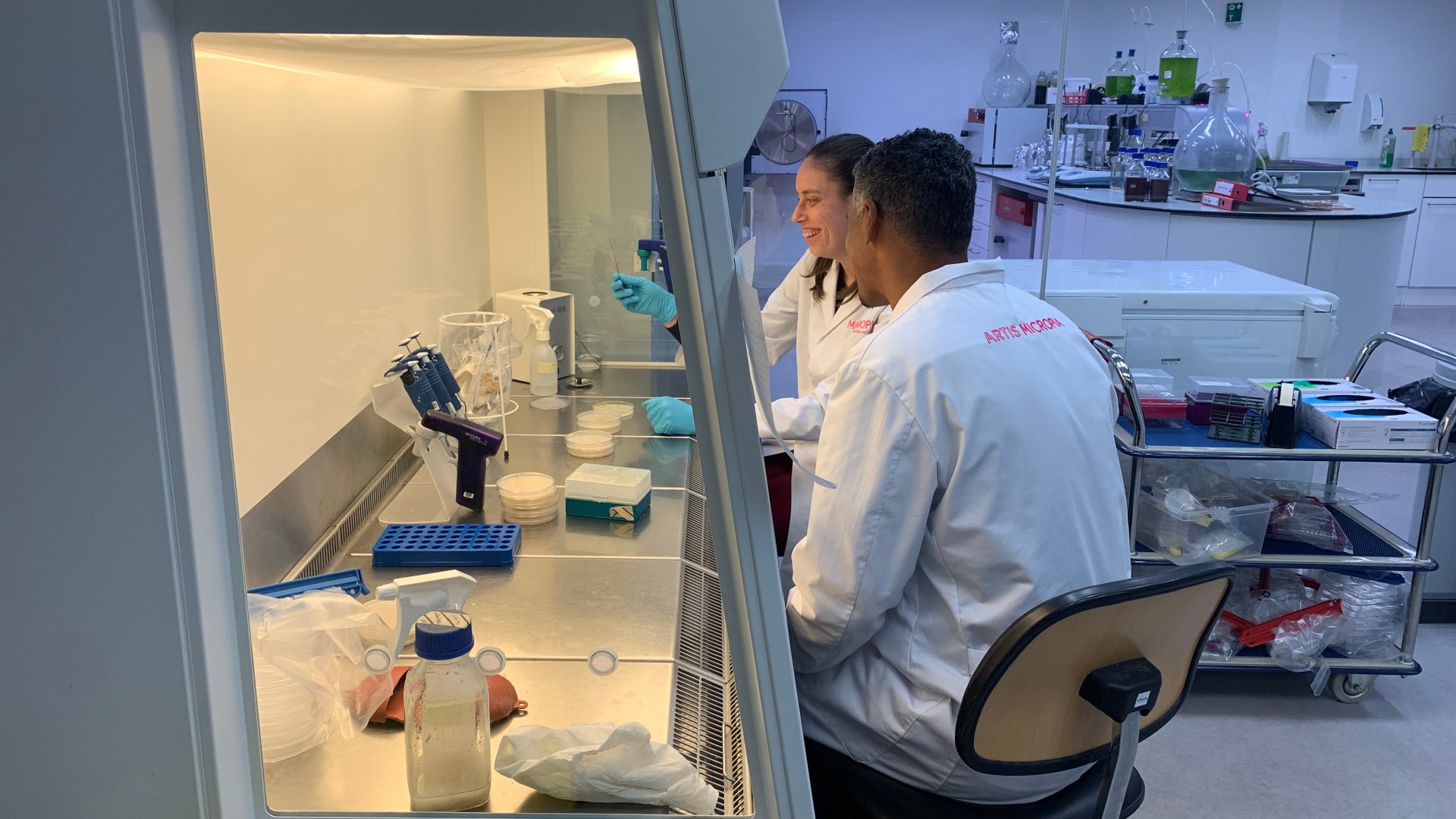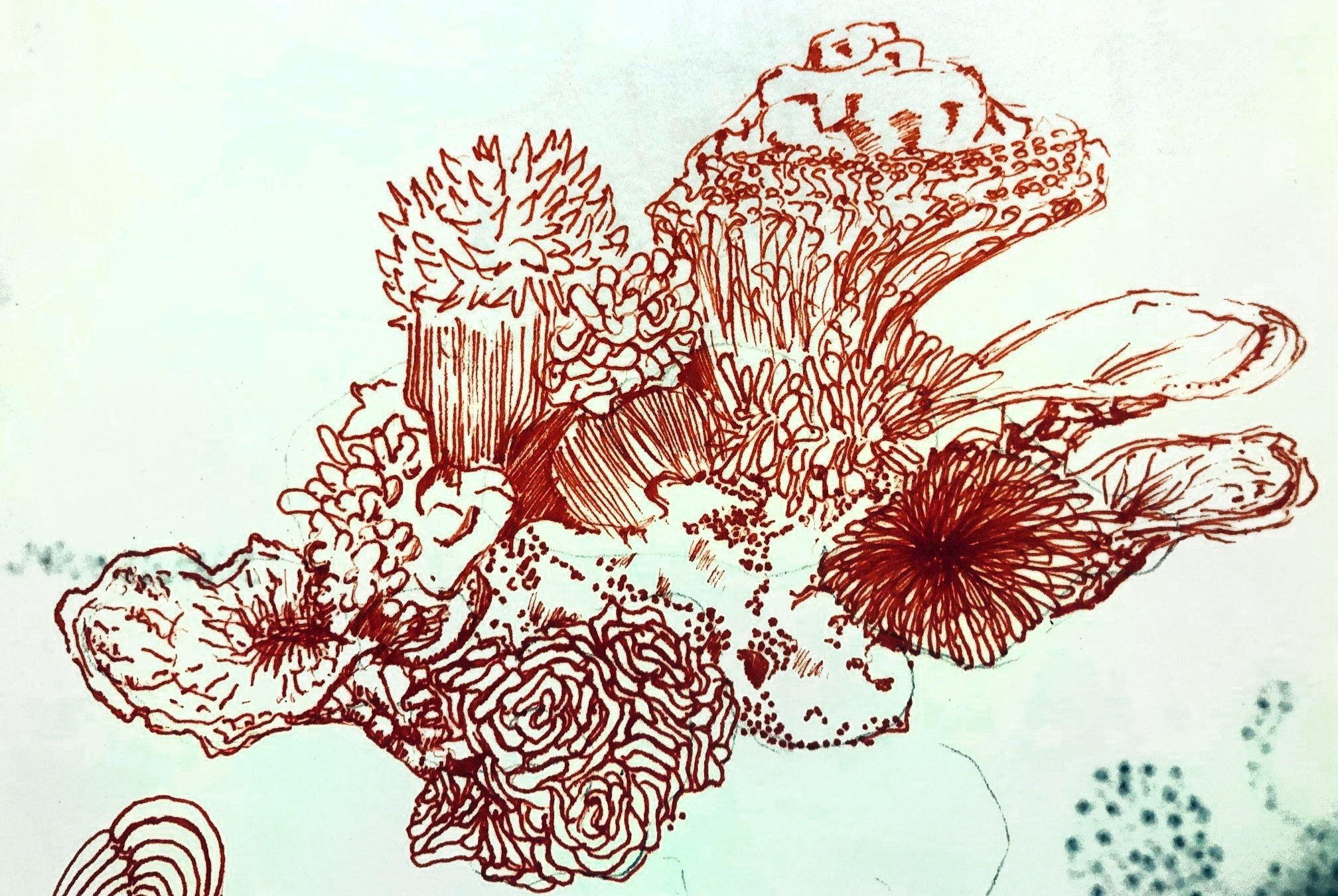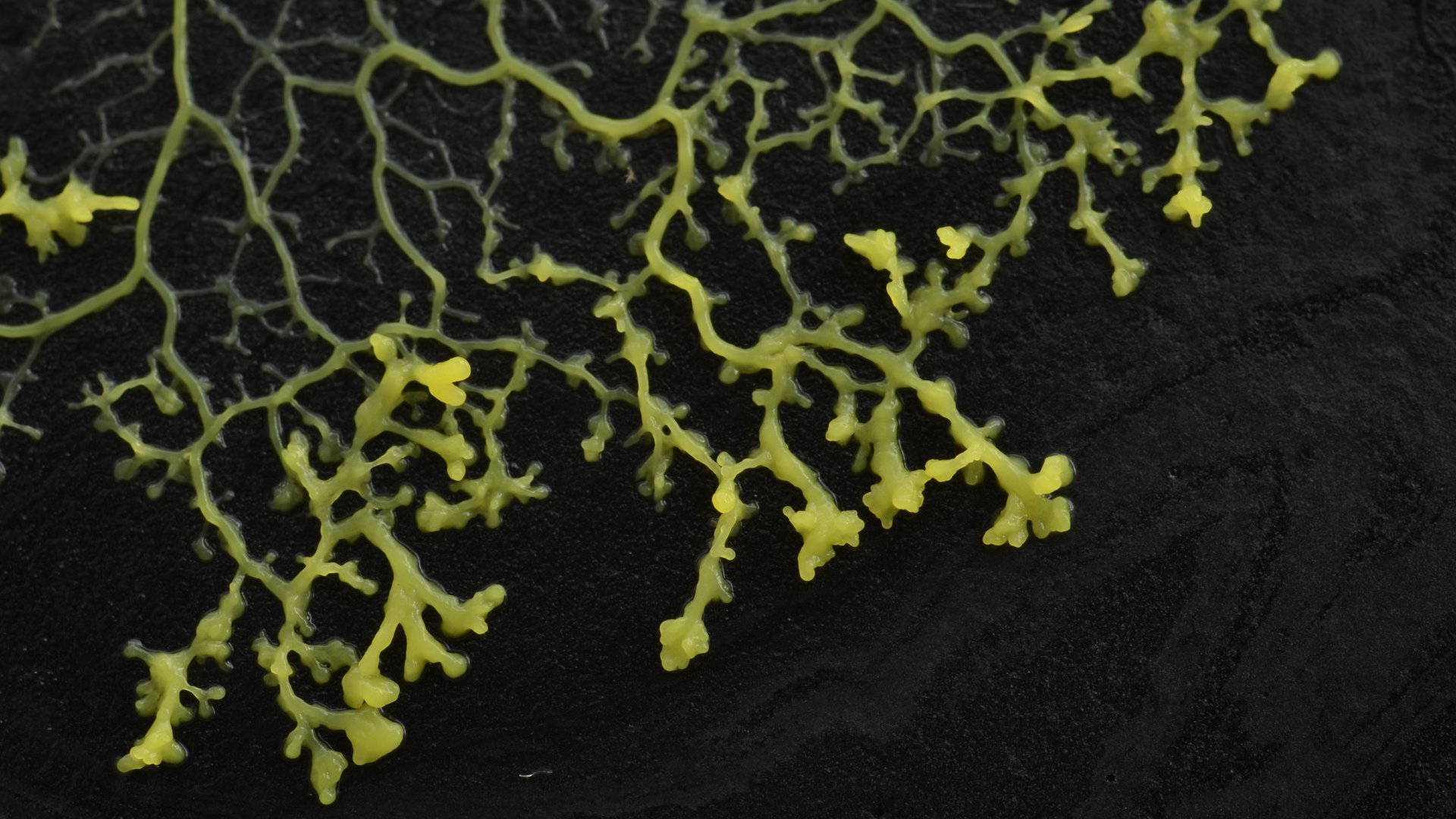Each of the artists will spend several weeks in residence at ARTIS. During the residency, they will work at various locations in the park and will be provided with an atelier and presentation space as well. The artists will conduct experiments in an attempt to gain a closer look at the lives of other living organisms and – hopefully – reveal hidden worlds. For instance, they will explore how animals and plants exchange signals, how they learn, how they establish boundaries and how they organise their lives.
Living sculpture
One of these artists is Ivan Henriques. He has been working together with Nele de Klerk, laboratory coordinator for ARTIS-Micropia, since October 2021. She is teaching him everything there is to know about microbes. That's because, for Machine Wilderness, Ivan wants to make a living sculpture using microbes. The undertaking isn't entirely unfamiliar to Ivan. He has frequently incorporated living organisms into previous artworks as well.

ARTIS-Micropia lab technician Nele de Klerk and artist Ivan Henriques combine microbes in petri dishes.
Mutable form
Ivan has taken a strictly geometric form as the starting point for his sculpture. This form symbolises all that is scientific, manageable, man-made and rational. Over time, however, the form of the sculpture will change as the microbes’ activity make it increasingly fluid and organic. By integrating these apparent contradictions, the sculpture will depict the symbiotic relationship between humans and nature. It will embody the ideal of organisms living and working closely with one another as the sculpture is a collaboration between man and microbe, and between various microbes. Ivan’s sculpture offers a hopeful future perspective of a world that diligently seeks to redefine the way in which people and nature interact.
Trial and error
The execution of the artwork called for thorough research. The question is: which microbes are suitable for helping to build a sculpture? Ivan is combining microbes that are not often found living together, such as slime moulds (Physarum polycephalum), bacteria (Janthinobacterium lividum), yeasts (Rhodotorula babjevae) and fungi (Penicillium chrysogenum). He observes how the various microbes interact with one another. The specific species were selected by Nele. Not only did the microbes need to be able to coexist in the same nutrient substrate, Ivan also had to be able to grow them himself. That way, he can conduct his experiments at home as well as in the Micropia lab.

A sketch by Ivan Henriques, in which he explores the intersection of geometry and organic forms.
And so, Nele and Ivan found themselves in the Micropia lab on a rainy day, hunched intently over six different petri dishes. In those dishes, they introduced the microbes to one another in varying compositions. To what extent will the microbes overrun each other, develop relationships or isolate themselves? It is a process of trial and error: different tests in separate petri dishes will reveal which combination of microbes is able to live on the sculpture. To that end, the lab tech and artists are trying out different combinations of slime moulds, nutrient substrate recipes and test results.
Excitement
The outcome of the tests is in no way certain. It is unclear whether there will actually be a living geometric sculpture on display during Ivan's residency. And if so, no one knows precisely which organisms will be involved. Ivan may have to adjust his concept. But that is exactly what makes this portion of the process so exciting: the unexpected is part of the artwork.
Activities
| Date | Time | What? | Where? |
| 11 May | 3 pm | Open Studio | ZOOdio in ARTIS |
| 18 May | 3 pm | Open Studio | ZOOdio in ARTIS |
| 9 June | 4 pm | Final presentation | Oostzaal in the ARTIS-Groote Museum |

